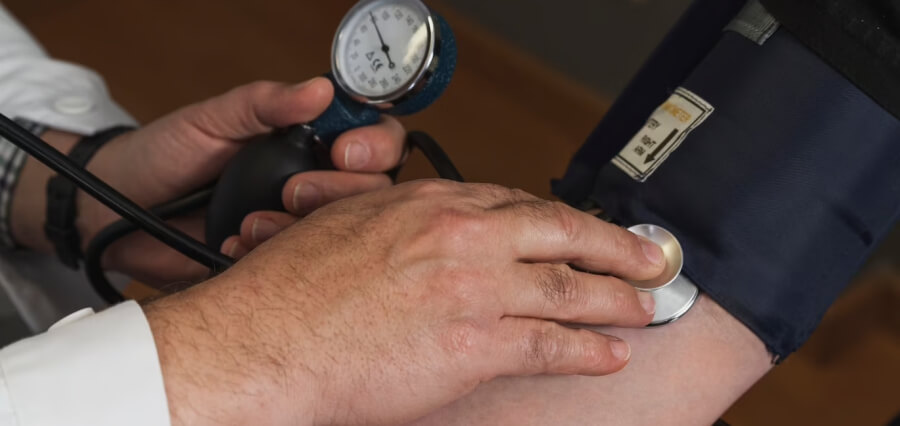A Comprehensive Guide
Skin cancer is a severe condition that affects millions of people worldwide. Early detection is crucial for successful treatment and improved outcomes. By being aware of the warning signs, individuals can take proactive steps to identify potential skin cancer and seek medical attention promptly.
In this comprehensive guide, we will explore nine common warning signs of skin cancer and provide valuable insights to help you stay vigilant.
- Changes in the Appearance of Moles: Moles are standard on the skin, but changes in their size, shape, color, or texture can indicate skin cancer. Pay attention to moles that become asymmetrical, have irregular borders, show color variations, or evolve over time.
- New or Unusual Growth: Be wary of new growths on your skin, particularly those that appear shiny, translucent, or pearly. These growths may indicate the presence of basal cell carcinoma, the most common type of skin cancer.
- Sores That Don’t Heal: Persistent sores or ulcers that do not heal within a few weeks may indicate skin cancer, especially if they bleed easily, crust, or scab over repeatedly.
- Red or Scaly Patches: Red, scaly, or rough patches on the skin that persist and do not improve with topical treatments may suggest squamous cell carcinoma, another common form of skin cancer.
- Itching, Tender, or Painful Skin: Skin cancer may cause the affected area to become itchy, tender, or painful. If you notice persistent discomfort or sensitivity, it is essential to have it evaluated by a healthcare professional.
- Spots or Lesions That Change or Grow: Keep an eye on spots or lesions on your skin that change in size, shape, or color or those that grow rapidly. Such changes could indicate melanoma, the most aggressive and dangerous type of skin cancer.
- Bleeding or Oozing: Skin cancers, including melanoma, may bleed or ooze fluid. If you observe any unusual bleeding or discharge from a spot or lesion, seek medical attention promptly.
- Swelling or Firmness: Skin cancer can cause the affected area to swell or become noticeably firm. A healthcare professional should examine any unexplained swelling or firmness.
- Family History and Personal Risk Factors: A family history of skin cancer or personal risk factors such as fair skin, a history of excessive sun exposure, or a weakened immune system can increase your risk. If you have these risk factors, you must be extra vigilant and regularly check your skin for any changes.
Conclusion: Detecting skin cancer early is key to successful treatment and improved outcomes. By familiarizing yourself with the warning signs mentioned above and regularly examining your skin, you can play an active role in your skin health. Remember, if you notice any unusual changes or have concerns about your skin, it is always best to consult a healthcare professional for a thorough evaluation. Your doctor can provide an accurate diagnosis and develop an appropriate treatment plan tailored to your needs.
| Read More Articles: Click Here |















